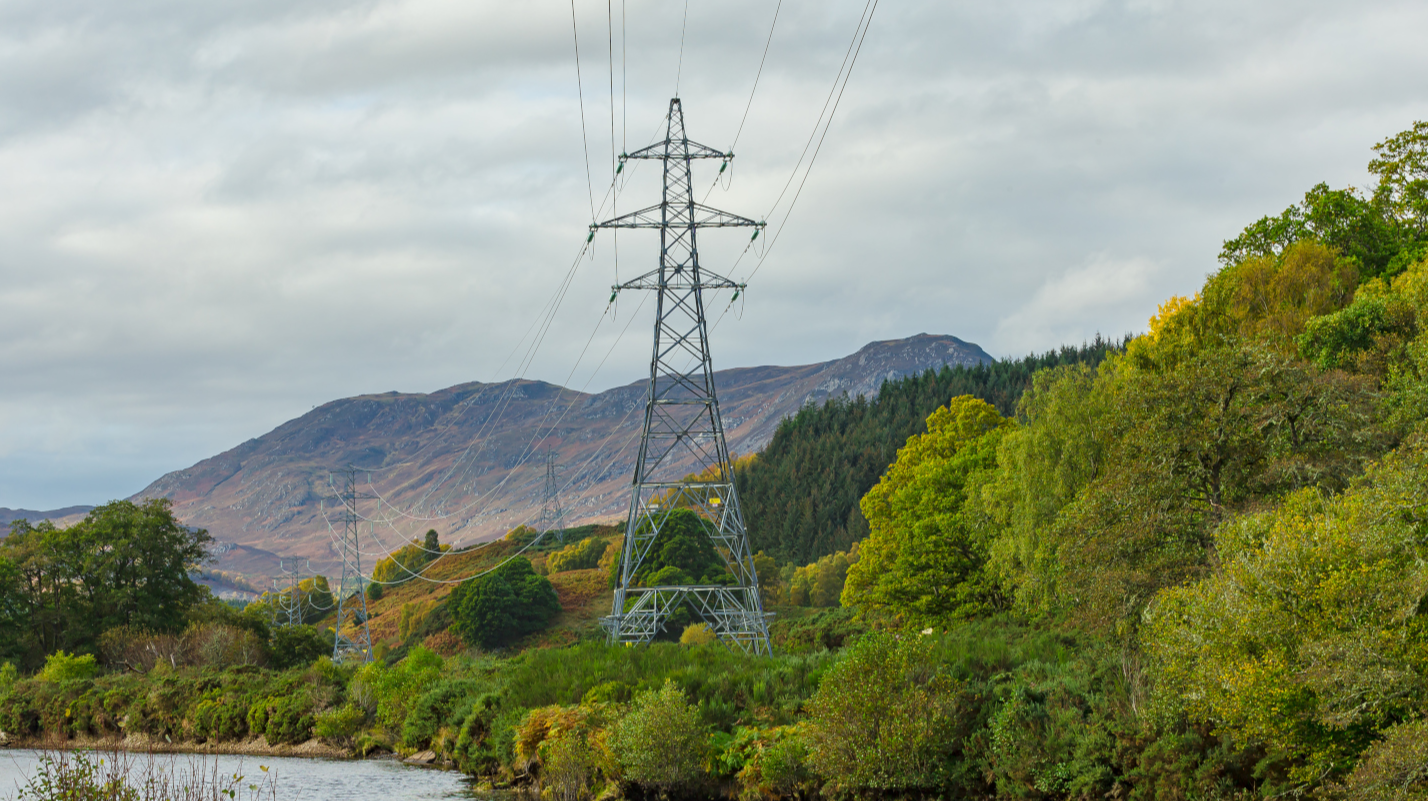Dive Brief:
- The California Energy Commission, or CEC, last week approved a $30 million grant to long-duration energy storage developer Form Energy to build its first project in California capable of discharging energy to the grid for 100 hours.
- The company plans to build a 5 MW/500 MWh iron-air battery storage project — the largest long-duration energy storage facility in the state — at a Pacific Gas & Electric substation in Mendocino County. The project is expected to come online by the end of 2025.
- “This project will prove a technology that can provide reliable, firm capacity to the grid every day, even during multi-day periods of extreme weather or during renewable energy lulls, which will support grid reliability and local grid resilience,” Form Energy CEO and Co-Founder Mateo Jaramillo said in an email. The iron-air battery will be able to provide back-up power during black-outs, or wildfire-related outages, he added.
Form Energy’s iron-air battery is based on a concept called “reversible rusting” — the system discharges by absorbing oxygen from the air and converting iron to rust, and charges by using electrical current to convert the rust back to iron. It is one of several emerging storage technologies.
The $30 million grant from the CEC was one of three approved as part of the agency’s long-duration energy storage program, which looks to support alternative technologies to lithium-ion batteries. The other two grants include a $31 million award for a 60 MW back-up power microgrid in San Diego County, and a $32 million award for a 20 MW microgrid in Tehama County.
Form Energy’s planned project will address multiple challenges facing the state’s grid, including those related to reliability, resiliency, affordability and decarbonization, Yahui Yang, a mechanical engineer with the CEC’s energy research and development division, said at an agency meeting Wednesday. As the state’s grid grows more renewable, energy curtailment has also been increasing — throughout the last year, as much as 2.4 TWh of electricity generated from wind and solar was curtailed, Yang said.
“Energy storage — particularly long-duration energy storage — can mitigate this issue and further reduce the cost of renewable energy,” Yang added.
In addition to providing multiple days of continuous, zero-carbon power to the grid connected to PG&E’s substation, the Form Energy project will generate operational data that will allow utilities to identify optimal deployments of the energy storage technology for replicability and scaling up, according to Yang.
Form Energy, along with energy consulting firm Energy + Environmental Economics, conducted a market-wide analysis that found at least 5 GW of long-duration energy storage is part of the least-cost 2045 portfolio under California’s clean energy goals, which include having 100% of electric retail sales come from renewable and zero-carbon resources by 2045.
Deploying up to 22 GW of long-duration storage, meanwhile, could enable more aggressive decarbonization policies, such as complete retirement of the state’s existing gas generation, Jaramillo said. In this scenario, long-duration storage could reduce total electric system cost in California by 48%, he added.
However, there are certain issues that must be addressed in order to realize the full market potential of long-duration energy storage technologies, Jaramillo said. The first is planning for multi-day reliability risks — most regulators and utilities don’t optimize future resource needs to ensure grid reliability during the kinds of multi-day events, like winter storms Uri and Elliott, that cause reliability risks and increase customer costs. The second is including multi-day storage in resource plans, something that is still not happening, in general, for newly commercial technologies.
To develop a market for long-duration energy storage resources in the near term, there need to be state policies that offer long-term stable revenue streams while energy markets and planning processes continue to evolve, Jaramillo said.
“Additionally, grid modeling tools and approaches need to adapt to the evolving mix of resources we will see coming on to the grid in the next decade,” he added.
 Pages you might like
Pages you might like








 Latest information
Latest information
 Follow official account
Follow official account
 Online support
Online support
 鄂ICP备2022017323号
鄂ICP备2022017323号
 鄂公网安备 42018502006493
鄂公网安备 42018502006493
 Launch Exhibition
Launch Exhibition
 Release information
Release information



 Today's topic
Today's topic








